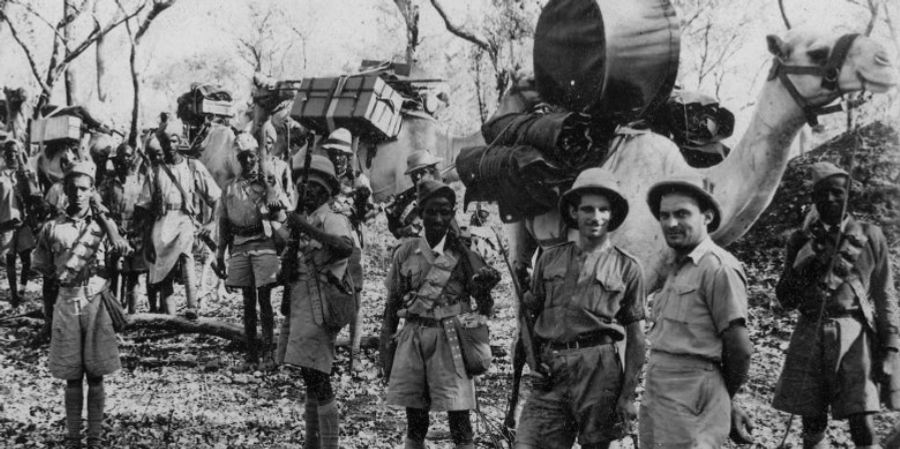

Hi friends,
In this blog let me share the details about what happened in British Crown rule(1858- 1947).
Government of India act 1858:
British government after the revoke of the sepoy mutiny in 1857, brought a Government of India act 1858. This act is also called a Better / good government if India acts, also the first war of India Independence act.
In this act, the designation of governor-general of India is changed to Viceroy of India.
Lord Canning is the first viceroy of India.
He abolished the dual government and doctrine of lapse.
A new office called Secretary of State is formed with 15 members council.
Capable of suing or being sued
Indian council act 1861:
Nominated non-official Indian members in the council.
Raja of Patiala, Raja of Benaras, Sir Dinkar Rao.
Decentralization of subordinate presidencies of Bombay and Madras from 1773 to 1833. Formed a great internal autonomy in 1937.
New legislative councils were introduced in Bengal in 1862, North Western provinces in 1866, Punjab in 1897.
New portfolio system.
An emergency ordinance can be issued that is valid for 6 months.
Indian council act 1892:
In this more none, official members were added to the legislative council.
Indian council Act 1909:
Morley Minto act, Morley is the Secretary of the state and Minto is the Viceroy of India.
Increased the legislative council members from 16 to 60.
First law member Satyendra Jayant Sinha got appointed to the viceroy executive council.
A separate electorate system was formed for Muslims.
Lord Minto is called the father of the communal electorate.
Government of India act 1919:
Also known as the Montagu Chelmsford act.
Relaxed the central control over provinces.
Dyarchy - Transferred and reversed subjects.
Transferred subjects where governors with the aid of ministers are responsible for the legislative council
Reversed subjects were governors not being responsible for the executive council.
Bicameralism - upper and lower house.
3/6 Indian members in the executive council.
Separate electorates for Sikhs, Indian Christians, Anglo-Indians, and Europeans.
The new office- High Commissioner for India in London.
Established a public service commission.
Simon commission:
Sir John Simon and seven members on November 1927
1930 report submitted.
Abolished starchy.
Continuation of the communal electorate.
White paper on Constitutional reforms.
This commission was not accepted by Indians since there were no Indians in it.
Government of India act 1935:
It is a lengthy and detailed act of the constitution.
It has 321 sections and 10 schedules.
Divided the powers into Federal, provincial and concurrent lists.
Abolished dyarchy.
Introduced Bicameralism in 6/11 provinces.
The separate electorate for women, work labourers.
10% got voting right.
Establishment of RBI.
Establishment of provincial, central and joint public service commission.
Establishment of the federal court in 1937.
Government of India act in 1947:
Clement Atlee informed that British rule will end by June 30, 1948.
Mountbatten plan
Features :
Powers to constituent assemblies
Abolished viceroy office and secretary of the state.
Freedom to the princely states
Continuation of the government of India act 1935.
King of England no more “ Emperor of India”.
Thank you for reading. Keep following.








